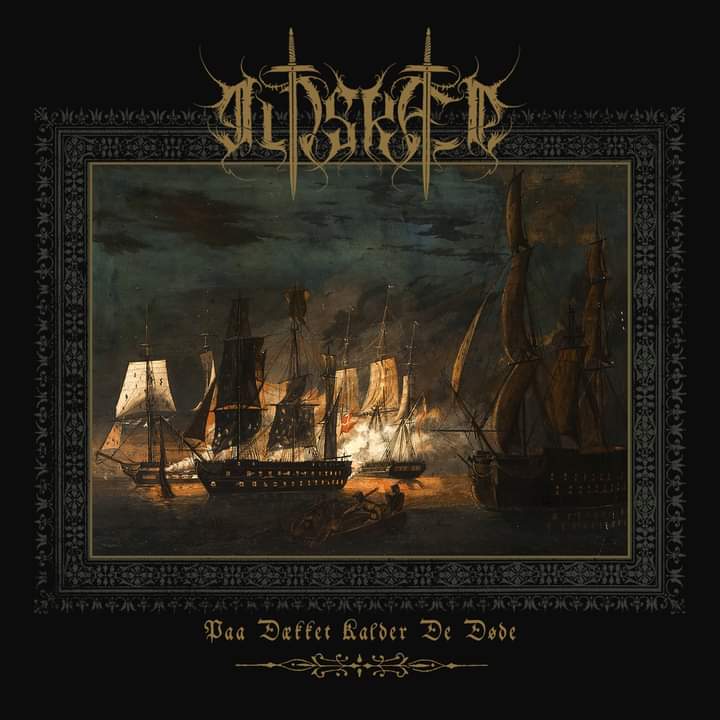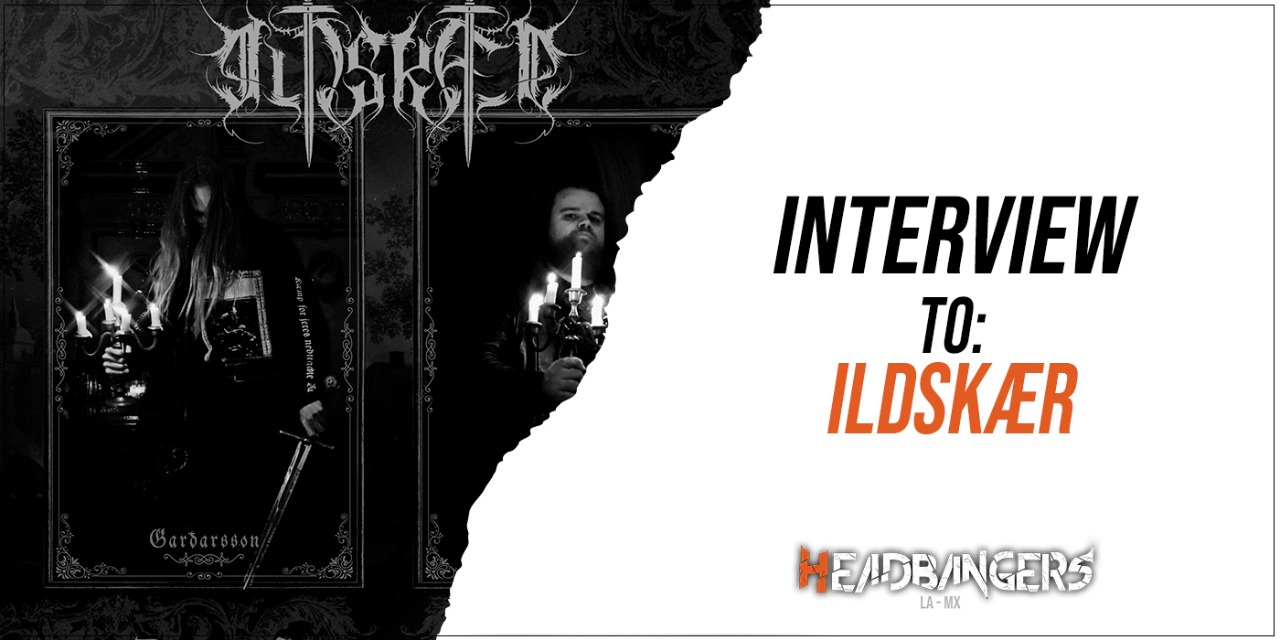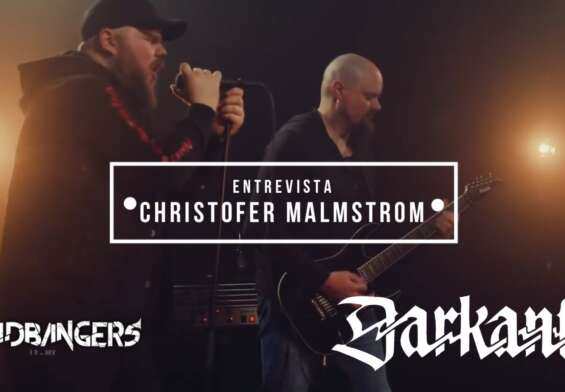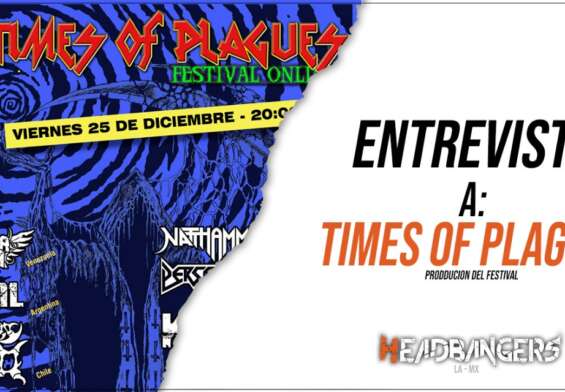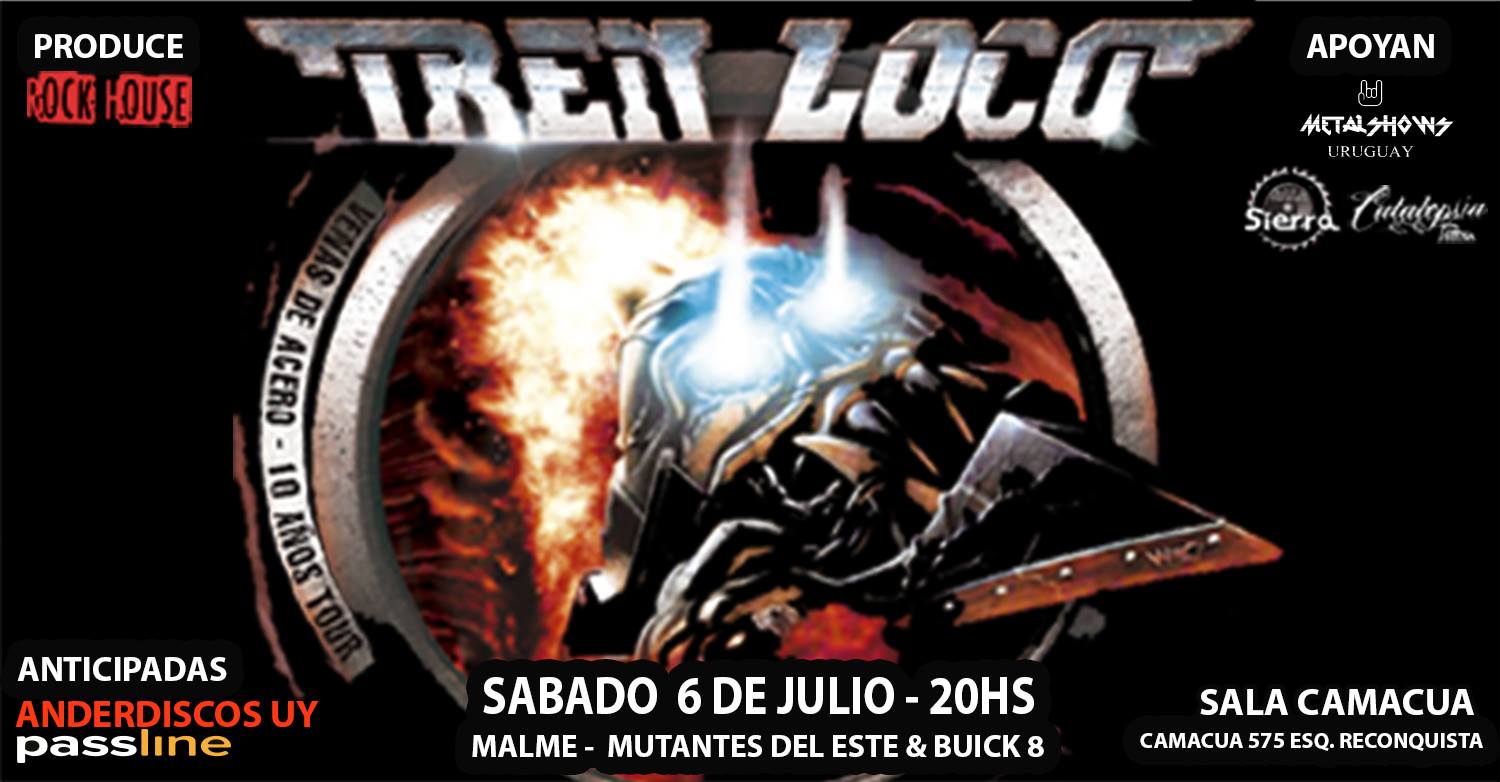During 2020, great Black metal bands emerged and one of those was ILDSKÆR, from Denmark and they released their debut album ‘Den Rædsomste Nat’ which earned excellent reviews from the specialized media, even being featured as one the best Black Metal albums of the year of well-recognized websites. On account of this we wanted to interview them, request they gladly accepted, and here you can read what they told us:

1. Let’s start by speaking about your beginnings, that from what we know about you, guys, it was last year, 2020, that ILDSKÆR (fire-glow in Danish) was formed. Why that name, and why play Black Metal and not some other subgenre? How was the band formed?
Garðarsson:
‘I originally wrote these songs for my main project Ì Myrkri, but soon realized I needed to form a new project due to the change of musical style in these songs. Also due to the concept I wanted the project to have. It just made sense to do so.’
Skóggangr:
‘Well, Garðarsson wrote to my other band, Genfærd, around the time we were about to release our latest album «Blodhævn», and told us he was impressed, and if we could spare a vocal/lyricist to his project about the Bombardment of Copenhagen. Of course, as a history-buff, I was sold immediately, and took the offer. I studied the bombardment in depth, wrote the lyrics, and we expanded on the concept together, both of the album and the band as a whole.’
2. This album, the lyrics, the artwork, etc. are all inspired in the history of your native Denmark, more specifically in the British bombing of Copenhagen in 1807, which was an attack to take over, or destroy, the Dano-Norwegian fleet to keep it from being seized by Napoleon and his army and left many dead. What motivated you to use this event for the lyrics of this album?
Garðarsson:
‘It actually began with the album cover. I stumbled across the painting when I saw that the National Gallery of Art in Denmark was having an exhibition with Danish paintings of the Golden Age. Then the idea came to me and the concept kept expanding from there including the songs.’
3. The album is titled after the painting that is used as the cover art; «Den Rædsomste Nat» or «The Most Terrible Night» by artist C.A. Lorentzen, which was painted between 1807 and 1808. It’s one of the most famous paintings of the Danish Golden Age. How was the process of getting authorization to be able to use this painting as the artwork of your debut album?
Garðarsson:
‘It was quite easy actually. I called the Museum and asked for permission to use it and they offered to take a high resolution photo of the original painting for me to use. I could’ve just taken a picture from the internet legally because the copyright is outdated and the painting is public domain now. But I found it much more meaningful to get the actual permission and my own photo of the original painting.’
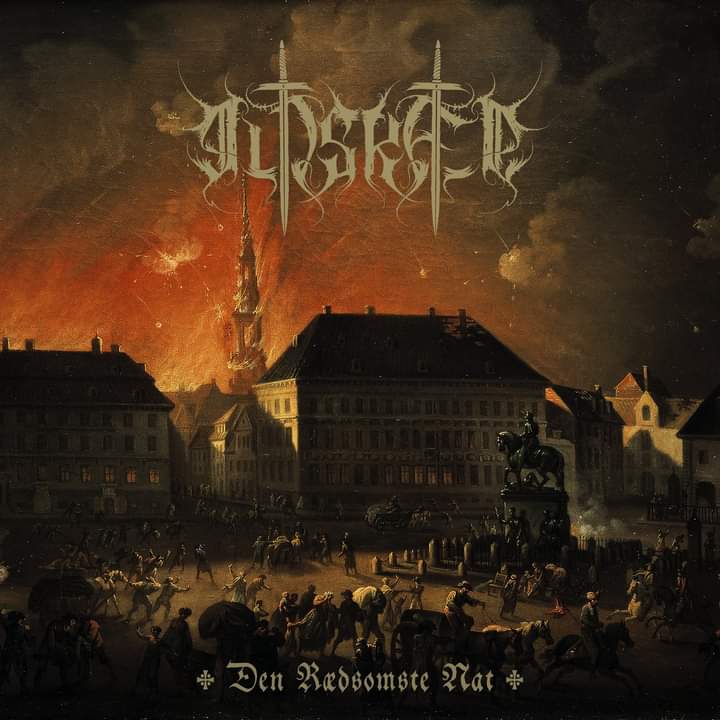
4. Are you planning on keep drawing inspiration for your lyrics from historical events from your native Denmark for your next albums?
Skóggangr:
‘Absolutely. We have already made our next release, which will be released next year, which will continue from where «Den Rædsomste Nat» stopped. Furthermore, we have a few things planned out in regards to which stories we want to tell beyond that, which I’m already studying more about in detail in preparation for writing the lyrics.’
5. Many people will wonder why not make the typical Black Metal with lyrics about occultism, horror, Satanism, hate, anti-religion, misanthropy, etc. What can you tell us about this?
Skóggangr:
‘It’s what we felt like doing, I guess. I believe that black metal is about the atmosphere of the music; Sure you can write all about Satan, occultism or the majesty of nature, but are the listener able to FEEL that through your music? Black metal should be more than your average blasphemy, it should be able to transcend and «tell» your view or story through the music, even if there were no lyrics at all. Fortunately I feel Ildskær does that!’

6. From your point of view, what is ILDSKÆR hoping to transmit with its music? Especially when your lyrics are about Danish history.
Skóggangr:
‘We are hoping that more people will learn about these events. From what I’ve read about the reactions to our album, we have succeeded and aroused the curiosity of many listeners in regards to their interest in the bombardment and Danish history, both abroad and here at home.’
7. We know ILDSKÆR is a two-man project composed by Simon Garðarsson, who plays all the instruments and also has a solo project (Í Myrkri), and Skóggangr, who is in charge of vocals and is also a member of the band Genfærd. We would like to know what the process of writing a song is like, from the moment the idea is born to the moment you decide it’s finished.
Garðarsson:
‘Well, short story. I usually sit with my guitar and just jam whatever comes to mind, feeling my way forward if you know what I mean. Then when I have a couple of main riffs I decide to record them, and then I write the rest of a song while recording. I feel the most inspired when sitting in the actual recording process, and when I start recording that unknown song, I don’t stop until I think it’s finished. Of course there is more to it than that, but that’s basically how I write songs.’
Skóggangr:
‘Until now, it’s mostly been Garðarsson making and creating the music, with me pitching in a few riffs, melodies and ideas sometimes. However, I think, moving forward, we might compose more together. That would probably mean I’ll have to split my time between my bands more differently, but I’ll figure it out.’

8. For future live presentations, how confident are you that you will get requests to play live? We assume you will find other musicians to accompany you during the performances? Or, on the contrary, are you not planning on playing live shows?
Skóggangr:
‘We’ve already received multiple offers to play live, and I would certainly like to take this project to the stage. The trouble is coordinating rehearsals, when we both live in opposite ends of the country, as well as finding the needed additional musicians. Also, we both have other commitments to other projects currently, so it might take some time, but I’ll hope we’ll get there.’
9. Since its release, the album has been well received and has gotten great reviews from the specialized zines. Did you expect this receptivity and positive criticism?
Skóggangr:
‘I rarely expect, but one can hope, and it seems like our album has been a hit for many listeners and reviewers, and we’re grateful for that.’
10. From your point of view, do you think it’s possible to make a living off of extreme music, more specifically Black Metal? What do Garðarsson and Skóggangr do when you are not making music?
Garðarsson:
‘I will let Skóggangr answer that question.Creativity is my life and it is my sole purpose to create. When I’m not making music, I make art. I am an established artist and illustrator specializing in the Dark Art of Pointillism, artwork made exclusively with ultra-tiny ink dots. It has been my passion always to live off my artwork. So that is my main creative outlet. If people are interested to see what it looks like, they can check out my pages on FB and IG (Art by Simon Gardarsson). Other than that, I skateboard a lot and have been doing that for 16 years or so.’
Skóggangr:
‘I don’t think it will be in our lifetime, unfortunately, unless you are a well-established band. When I’m not making music, I read or sleep. Music is pretty much my life at the moment, and what keeps me going.’
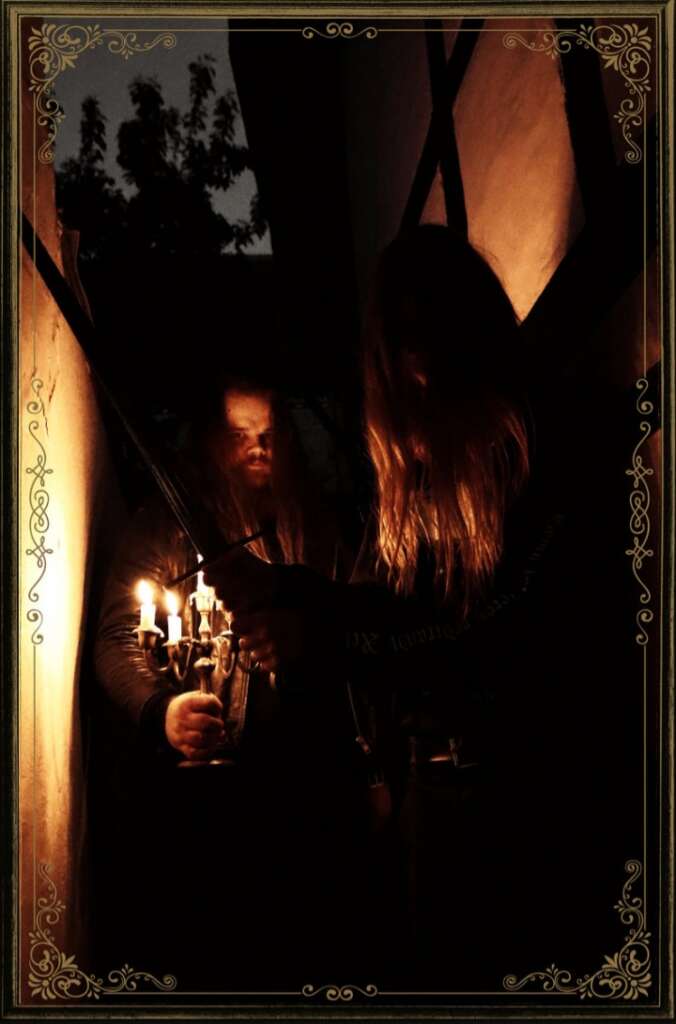
11. With nothing else at the moment, we thank you for your time. Would you like to add something else, or perhaps send out greetings to your followers on our continent?
Skóggangr & Garðarsson
‘Thank you for your time and patience. Please check out our other musical projects, we think you will like them as much as you have liked Ildskær!’
Days after this interview, ILDSKÆR announced the release of their second album for March 22nd of the present year, through Wolfspell Records which will be entitled «Paa Dækket Kalder de Døde» and it will be the continuation of their previous release.
